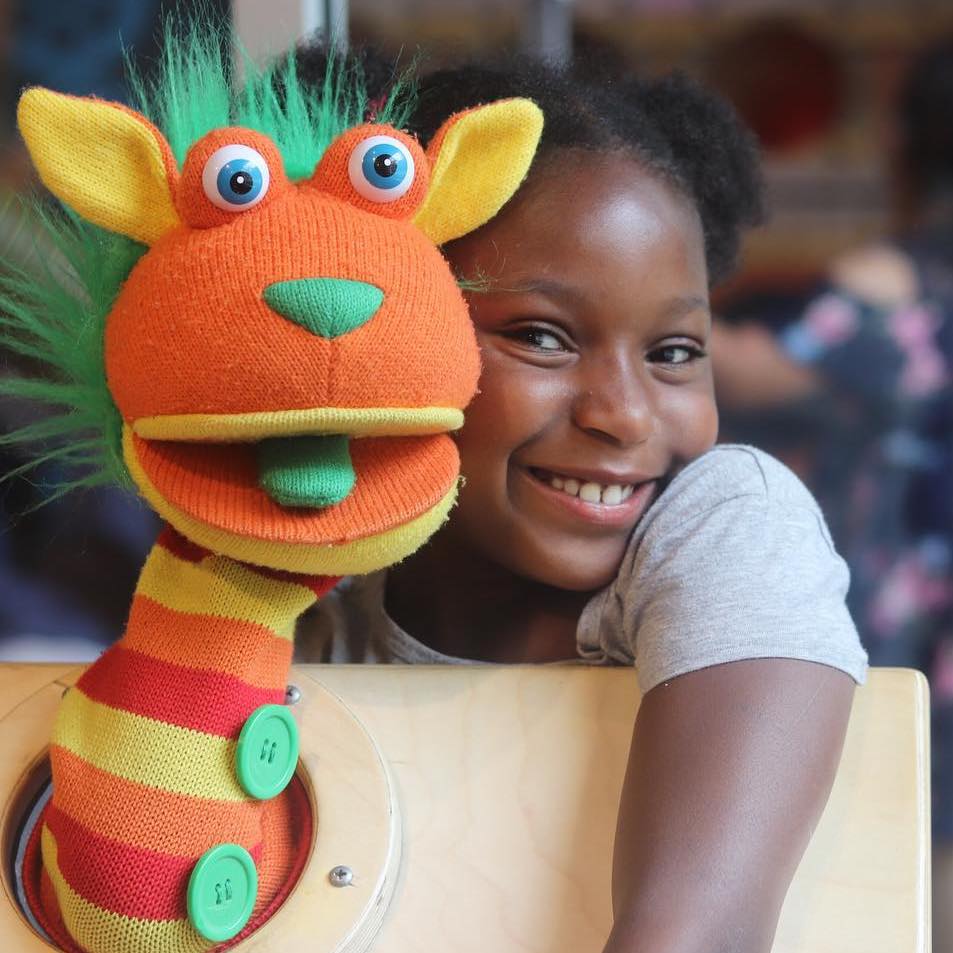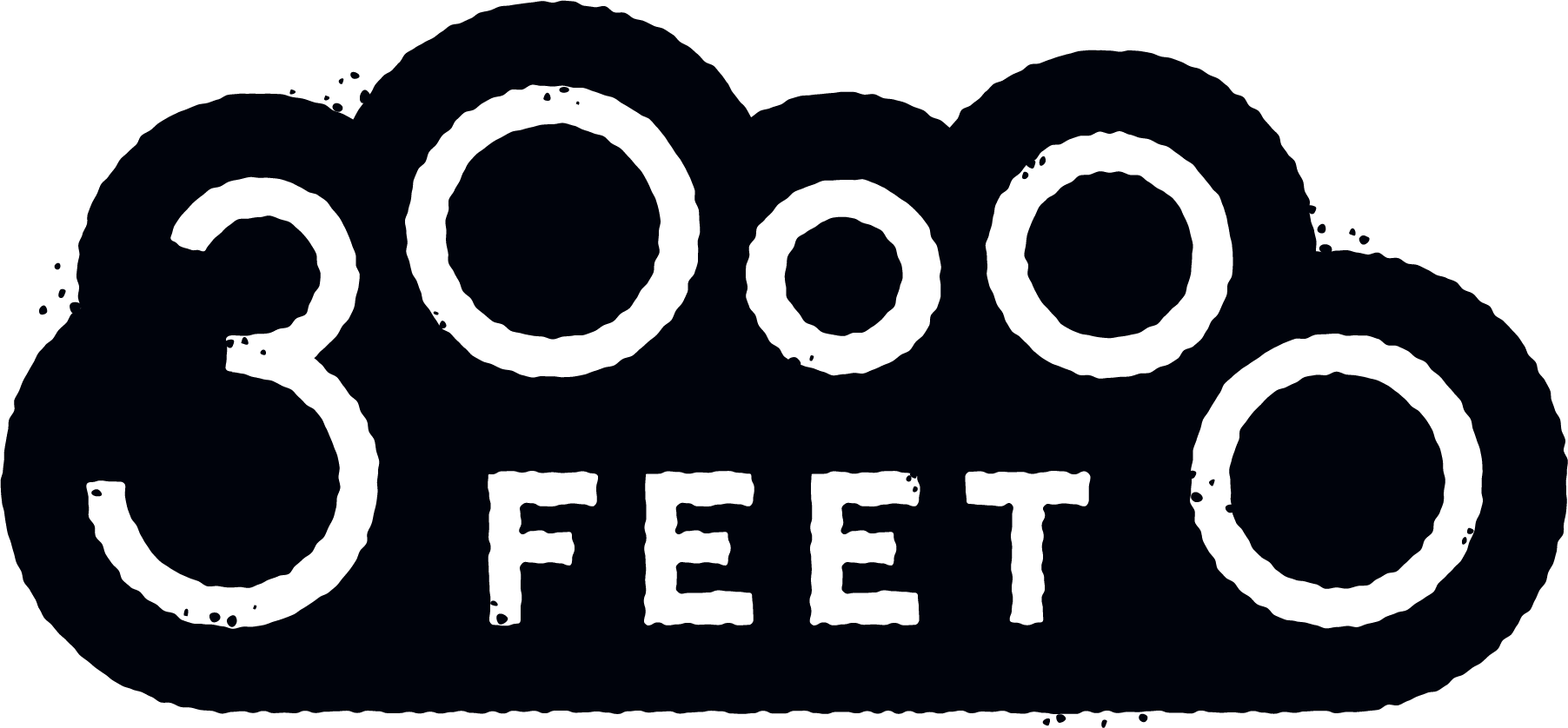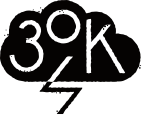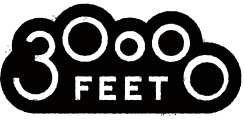
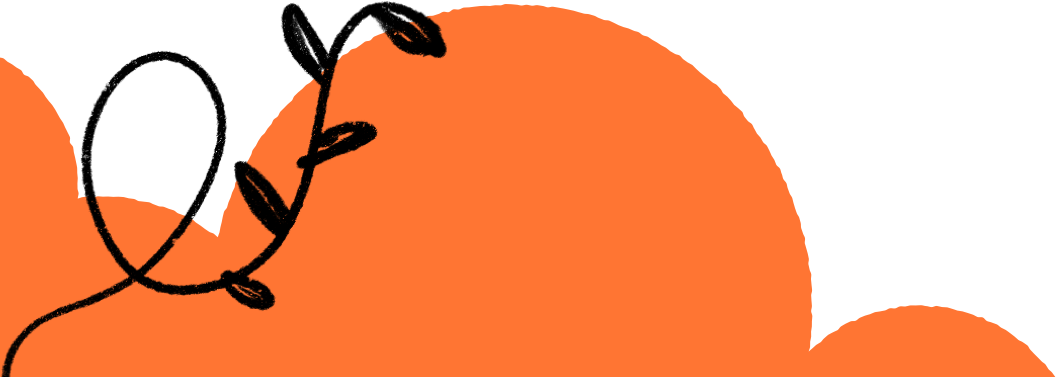

Our Impact
Results that matter.
Using various evaluation methods from students, parents, tutors, and Saint Paul public schools, we’re able to collect real-time data. Things like progress reports (including report cards and transcripts), surveys, interviews—as well as independent research reports—all help fuel our understanding of what works and what needs closer attention.
30,000 Feet’s services generate an estimated $3.10 in benefits for each dollar invested. You can learn more about our quantitative analysis overview here.
We help youth develop in and beyond the classroom.
64%
Average increase in GPA
52%
Average decrease in school suspensions
50%
Average number of Tech Geeks jobs going to teens with a criminal record
74%
Average increase in improved school attendance
Student perspectives
Impact Plan
Schools
Students
SHORT-TERM (<1 year)
- Increased awareness of and comfort with culturally responsive pedagogy and curriculum for African American students
- Increased appreciation and understanding of how to integrate arts into learning and the positive impact this can have for students
- Increased awareness of social justice issues and how social power dynamics affect African American students
SHORT-TERM (<1 year)
- Access to culturally relevant curriculum and teaching, knowledge of African American history and art, and awareness of contemporary social justice issues
- Exposure to arts and opportunities for self-expression through art
- Social and leadership skills
- Improved attendance and behavior
- Increased academic interest, motivation, engagement, confidence, and achievement
- Increased interest in college and computer science fields
MEDIUM-TERM (1-2 years)
- Improved ability to provide a culturally relevant school experience for African American students, including pedagogy, testing, and student/family/community engagement
- Increased integration of arts into curriculum and core subjects
- Increased involvement in social justice issues
MEDIUM-TERM (1-2 years)
- Improved academic test scores (reading and math)
- Increased arts participation
- Increased social and political participation
- Improved perception of self, community, and African American culture
- Increased readiness for college and careers
LONG-TERM (3+ years)
- Improved policies and practices for teaching African American students, including pedagogy, curriculum, testing, behavior management, and engagement
LONG-TERM (3+ years)
- Improved graduation rates
- Improved postsecondary enrollment and completion
- Better employment rates, earning living-wage incomes
- Decreased involvement with criminal justice system
- More youth placed in computer science and other well-paying high-tech careers

Ultimate outcomes
The African American community in Saint Paul will have:
- Stronger arts community
- More economic and employment opportunities
- Decreased violence
- Higher quality of life
Our reports
Together, we’re creating boundless learning opportunities and shaping a vibrant cultural community for Saint Paul’s youth.
